On Friday, March 7th, I was given the most wonderful opportunity to attend the Gullah Geechee Cultural Heritage Gala at the Leland Cultural Arts Center. Originally, I was to attend as the press and just observe; however, it turned into a wonderful evening where I got to partake in all the evening’s events. I am so grateful for this opportunity.
During the Gala, we were treated to a menu perfectly curated to showcase Gullah Geechee heritage. The menu included okra (a Gullah Geechee word) stew, “Gullah style” rice, and delicious green beans, along with salmon or chicken. For dessert, we were surprised with a true Southern peach cobbler. The meal was from the impeccable restaurant Catch and its James Beard Award nominee chef, Keith Rhodes.
After the wonderful meal, we were wowed by interpretive dancing and drums. The movements of the dancer and the story that she told were so informative and inspiring. The word that stood out the most to me was “Egbe,” which means “community.” It was then that I realized that the Gullah people are connected by more than just being at the same Gala. They are connected through their struggles, their families’ struggles, and the fact that they have to raise awareness for their unique culture, which is ultimately being diminished.
The connection that the Gullah people have–through their community, through their language, through their hardships–is powerful and could be felt immensely throughout the room. People dancing along, responding to the song, and blowing whistles, showcased just how incredible, strong, and resilient the Gullah Geechee people are.
The celebration of the Gullah Geechee culture continued on March 8th, with the North Carolina Rice Festival at one of the exact places where slaves were brought into Southeastern North Carolina. When I arrived, there was a reverent ceremonial processional along the water. People were carrying flowers and singing. It was absolutely incredible to watch. Most everyone was wearing white, a symbol of purity and peace in the Gullah culture.
I got the chance to speak with some remarkable people and learn about what is being done to preserve the beautiful Gullah culture. The first person I spoke with was 10daji, a singer who performed an amazing original song called “Da Wada,” which are the Gullah words for “the water.” This song blended the Gullah Geechees’ connection to the water with modern rhythms to create something absolutely spectacular. 10daji’s album is entitled Seeking|Soaring: Gullah Resilience Songs.
In our conversation, 10daji told me that ”seeking” is a Gullah tradition where a seeker is sent out into the wilderness and guided by a “spiritual parent.” During the ceremony, the seeker prays alone and discovers himself or herself through self-reflection and dreams. The “spiritual mentor” interprets their dreams and assesses their spiritual growth.
After my conversation with 10daji, I spoke with John Coffey, a quilter who told me that one cannot just sit down and make a quilt. They have to find something that inspires them – a piece of fabric, a story, a pattern, etc. He explained that a quilt tells a story. Quilts can, at times, take years to make, as they are meant to be a special piece for the owner. During the festival, Mr. Coffey was helping to make a tapestry on which all attendants could collaborate.
In my third interview, I had the honor of speaking with Queen Quet, Chieftess of the Gullah Geechee nation. Queen Quet had recently performed an empowering story in the Gullah language. During her performance, her authentic narrative told the story of Carolina Gold rice and the impact the Gullahs had on rice production.
Queen Quet has many accomplishments and accolades. She is an author of numerous books, along with many other roles. She writes books about the Gullah people and their heritage. The part of her performance that stood out to me the most was when she began talking about banned books, but then she countered the idea of banned books by telling how her books were not banned.
During my interview, I asked Queen Quet how she got her title. She explained that she was the first elected sovereign leader of the Gullah Geechee people. She said that each term lasts seven years, and she is currently in her third term. She spoke of how her position could be a lifelong position, depending on various factors. She informed me, with a warm smile, that things are good right now.
I also asked her about what she is doing to raise awareness for the Gullah Geechee culture. She stressed that it is not about what she is currently doing, but rather, it is about what she has done her whole life. She spoke of how she presented in front of the United Nations and about other ways that she has raised awareness for the Gullah nation over the years.
I really enjoyed my interview with the gracious and lovely Queen Quet. I could tell that, throughout her life, she has passionately done everything she can to raise awareness for the Gullah Geechee nation, a culture that is sadly being diminished. The parts of her book, Gullah/Geechee: Africa’s Seeds In The Winds Of The Diaspora-Frum Wi Soul Tuh De Soil: The Cash Of The Sea Islands-Cotton, Rice, and Indigo, that I have read so far are enlightening.
Sweetgrass baskets are a traditional form of Gullah Geechee art. It is an art that has been passed down in families for generations. The Gullah Geechee brought their basket weaving skills from Africa to North America. Sweetgrass baskets are usually made of four materials: Palmetto Leaves, Sweetgrass, Bullrush, and Pine Needles. Sweetgrass got its name as a result of the sweet aroma the grass produces. The fanner basket is regarded as the most important basket due to its use of separating rice grains from husks.
To learn more about this beautiful art, I spoke with Jennifaye Wright-Singleton who lives just outside of Charleston, South Carolina. She said that it was her aunt who first taught her how to make sweetgrass baskets. She told of how she then learned more from watching the rest of her family. She said that her work is very time-consuming but that it is gratifying knowing that her customers are getting something made from scratch by her.
Ms. Singleton is also an author. She self-published her book Sweetgrass Dreams. Her book is about her experiences learning how to make a sweetgrass basket. I had the pleasure of listening to her read this book. It is truly a heart-warming story.
During my interview, I also asked Ms. Singleton about what she is trying to do to preserve the intricate art of sweetgrass weaving. She said that she teaches sweetgrass classes, where her students can learn to create their own sweetgrass masterpiece.
Before going to this Festival, I wanted to write about the struggles that the Gullah nation is facing, which there are many – climate change, land loss, rising sea levels, and developers pricing them off their land. However, after attending the Gala and experiencing the Festival, I came to realize that this is a time for celebration, not worries for the future. While the Gullah Geechee population has dispersed, the Gullah Geechee corridor, the traditional land where rice was grown, still stretches from Jacksonville, Florida to Jacksonville, North Carolina, and thirty miles inland.
The Festival, with its many vendors, ranging in specialties, to the spectacular performances throughout the day, the Rice Festival had something for everyone. The Festival’s attendants were from all walks of life, which showed just how many people are interested and support the Gullah culture.
The unique culture that is the Gullah nation should not be overlooked and ignored, as it has been in the past and sometimes continues to be in the present. It should be celebrated, just as it was during the Gala and the Festival. “However far the stream flows, it never forgets its source.” – African Proverb.

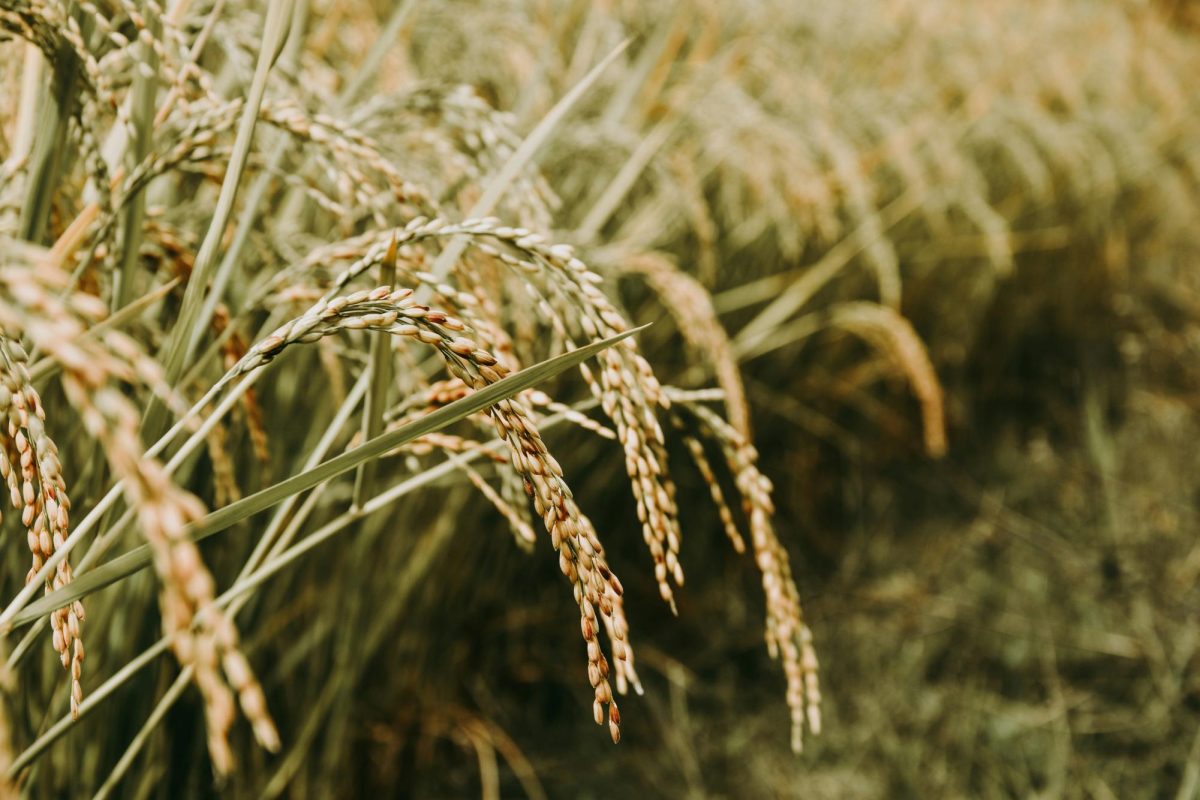
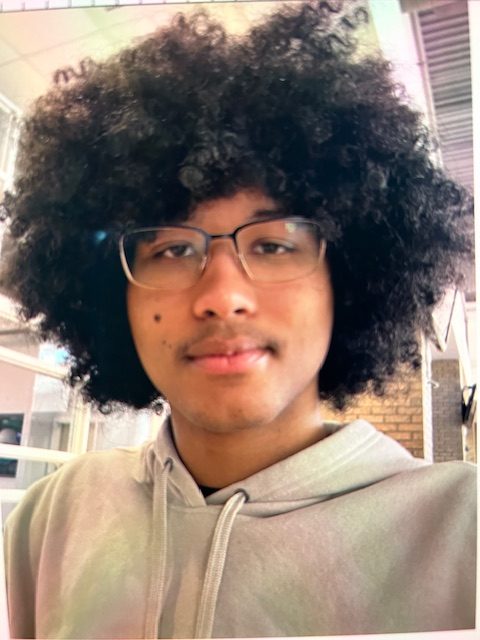
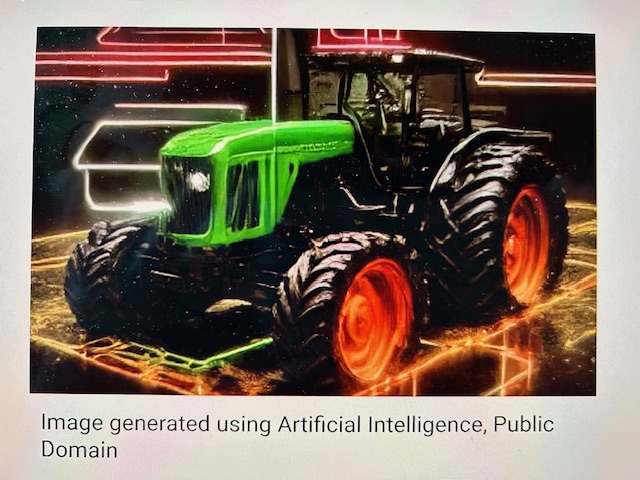
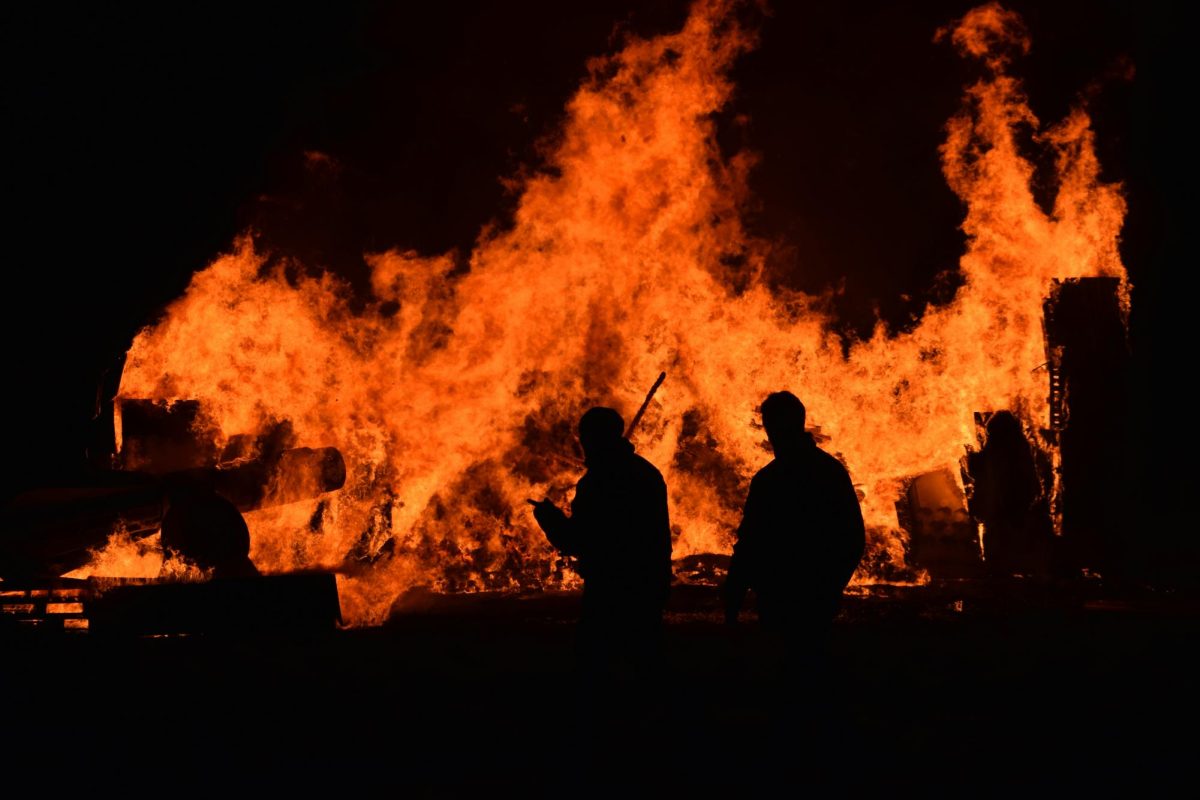
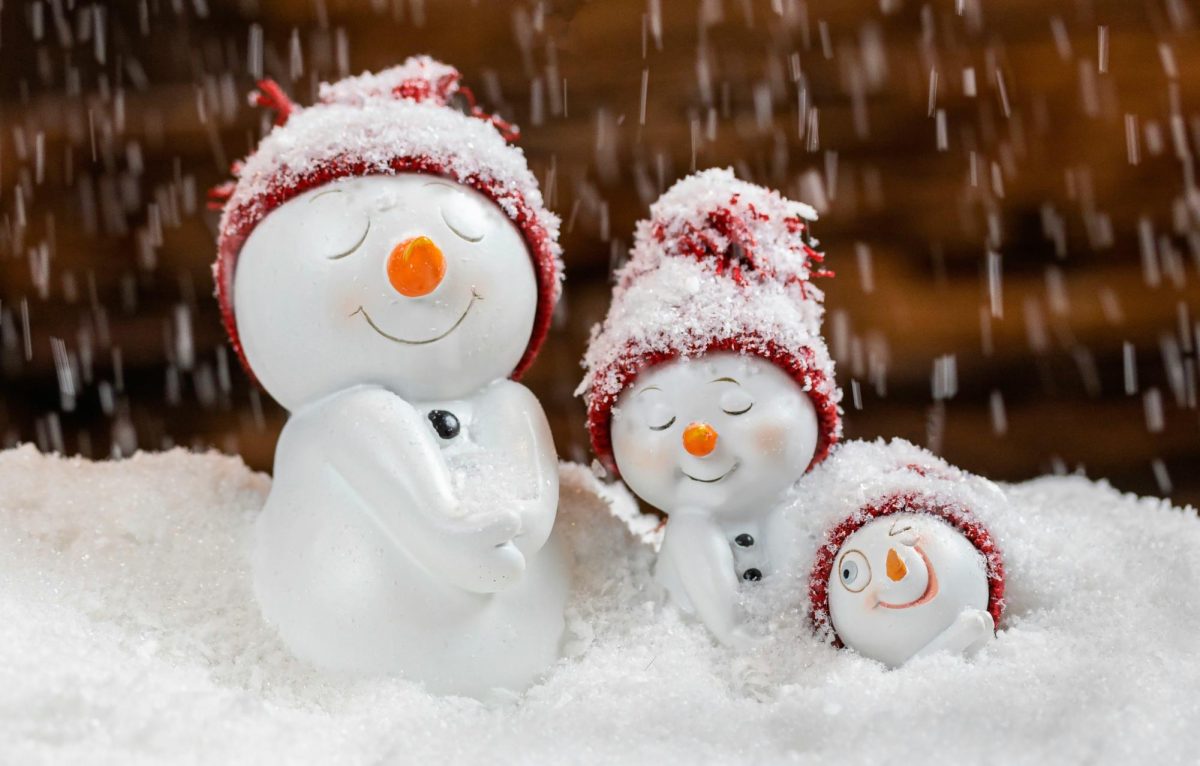
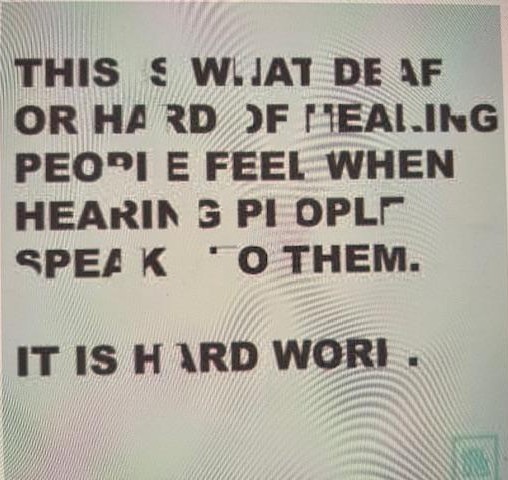
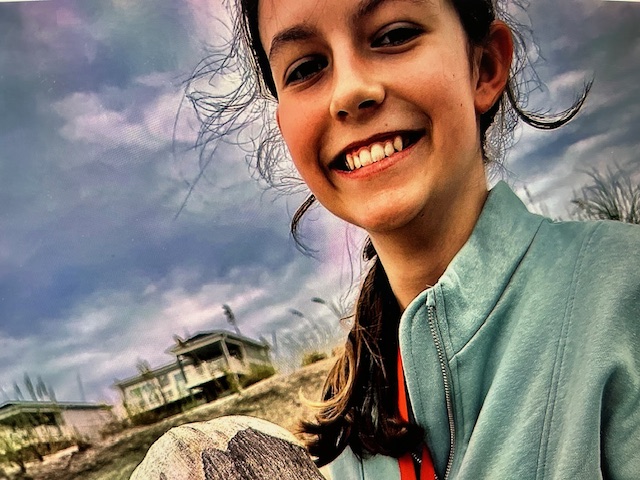
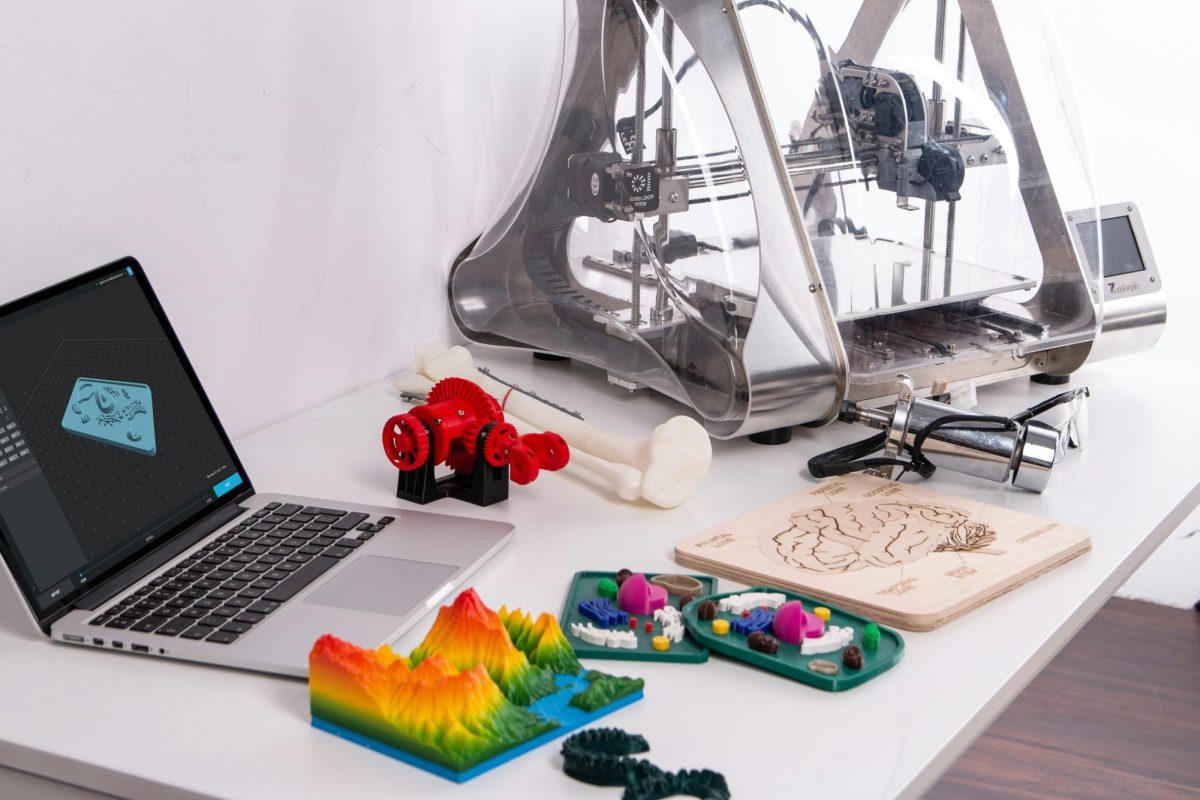
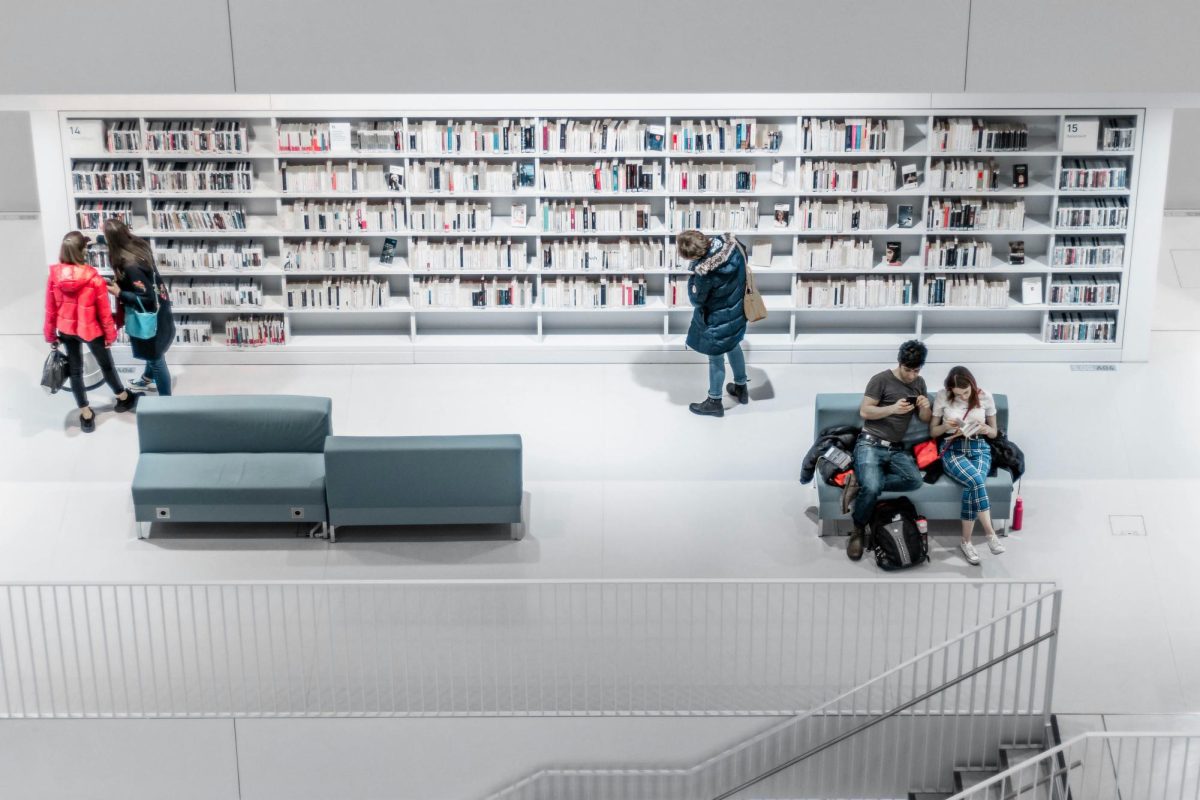




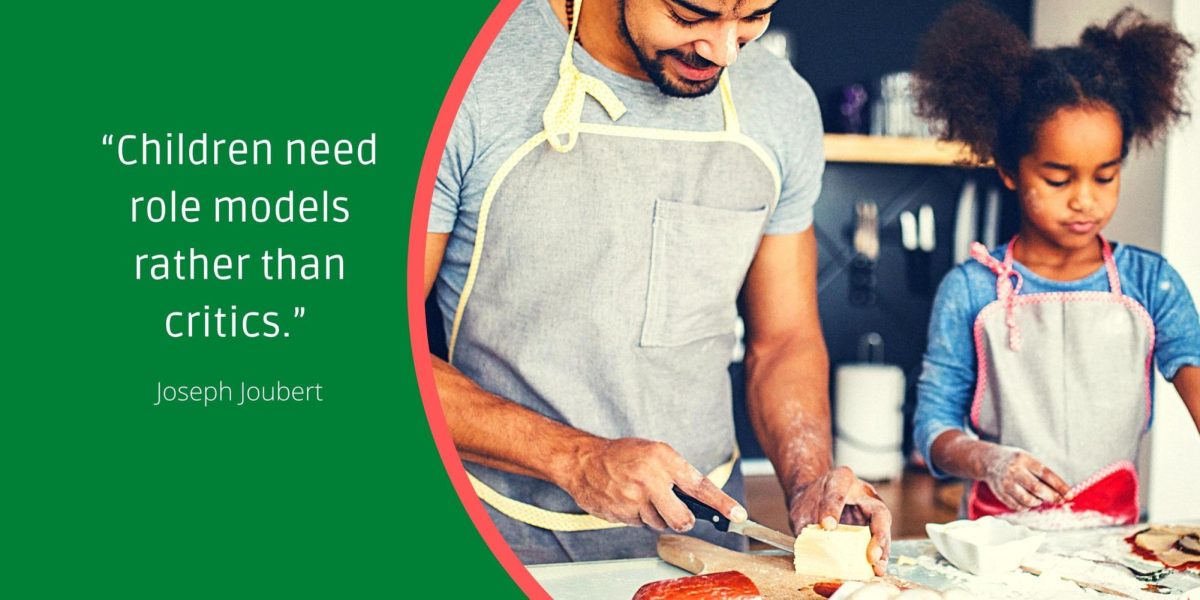
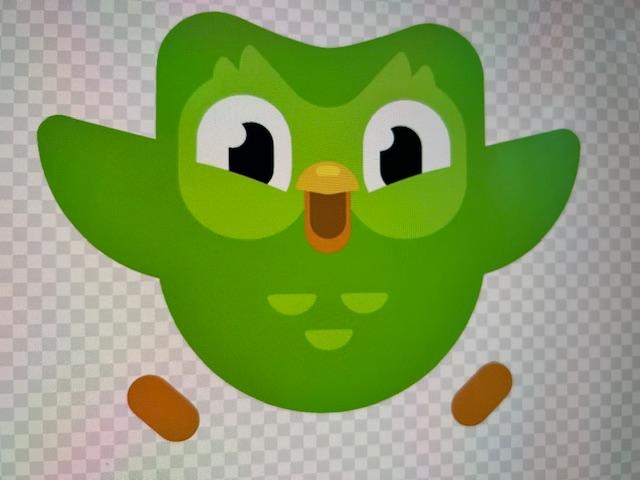
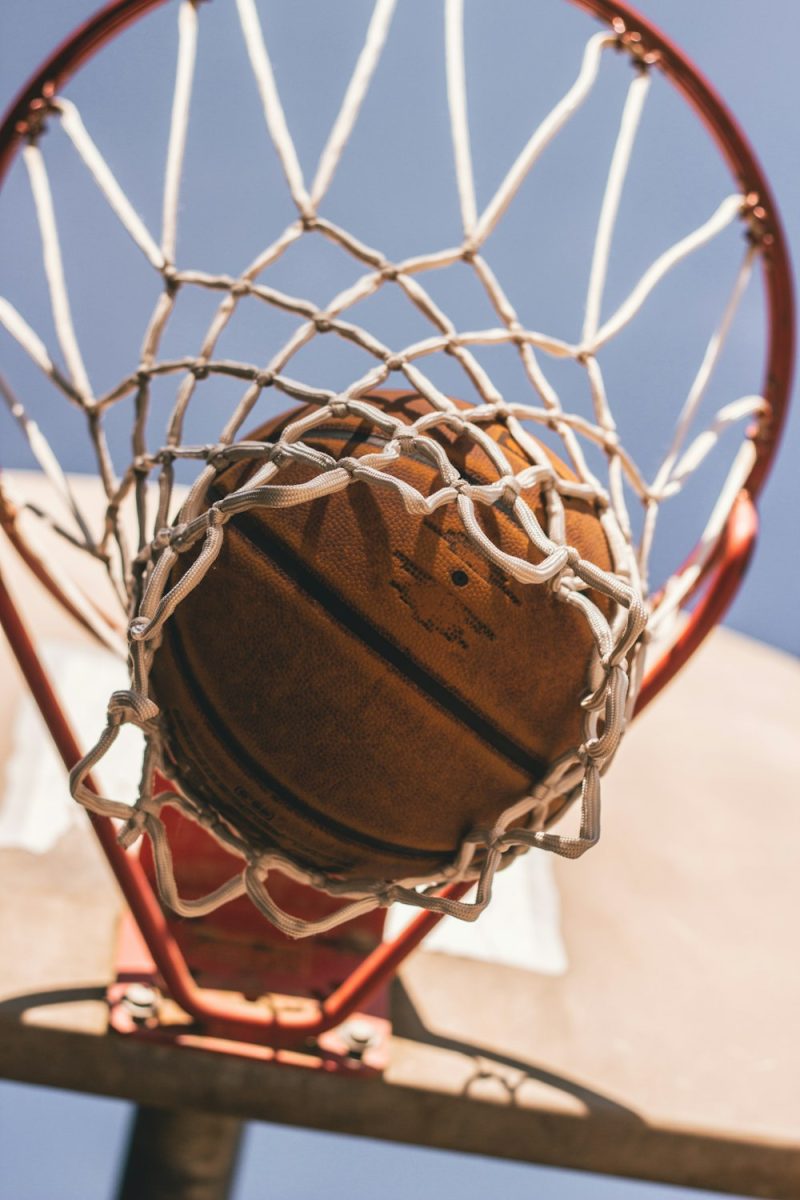
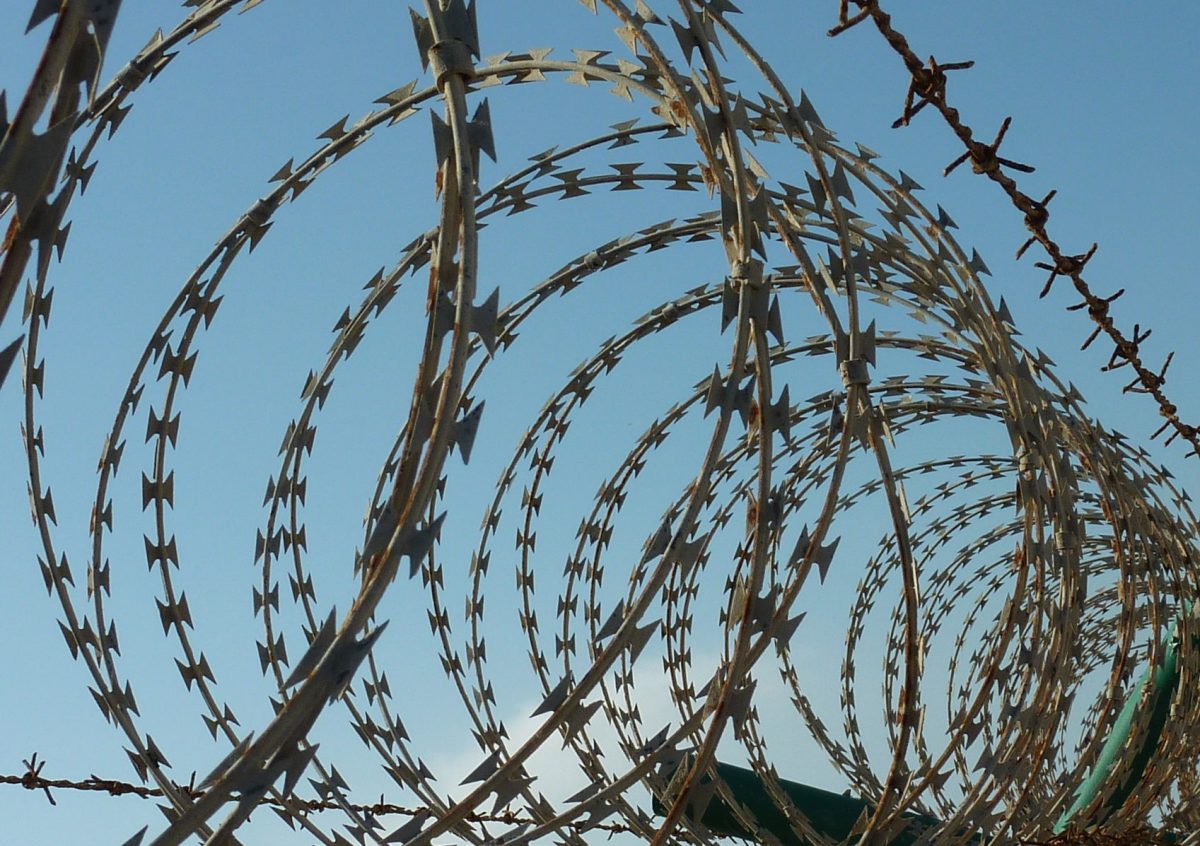
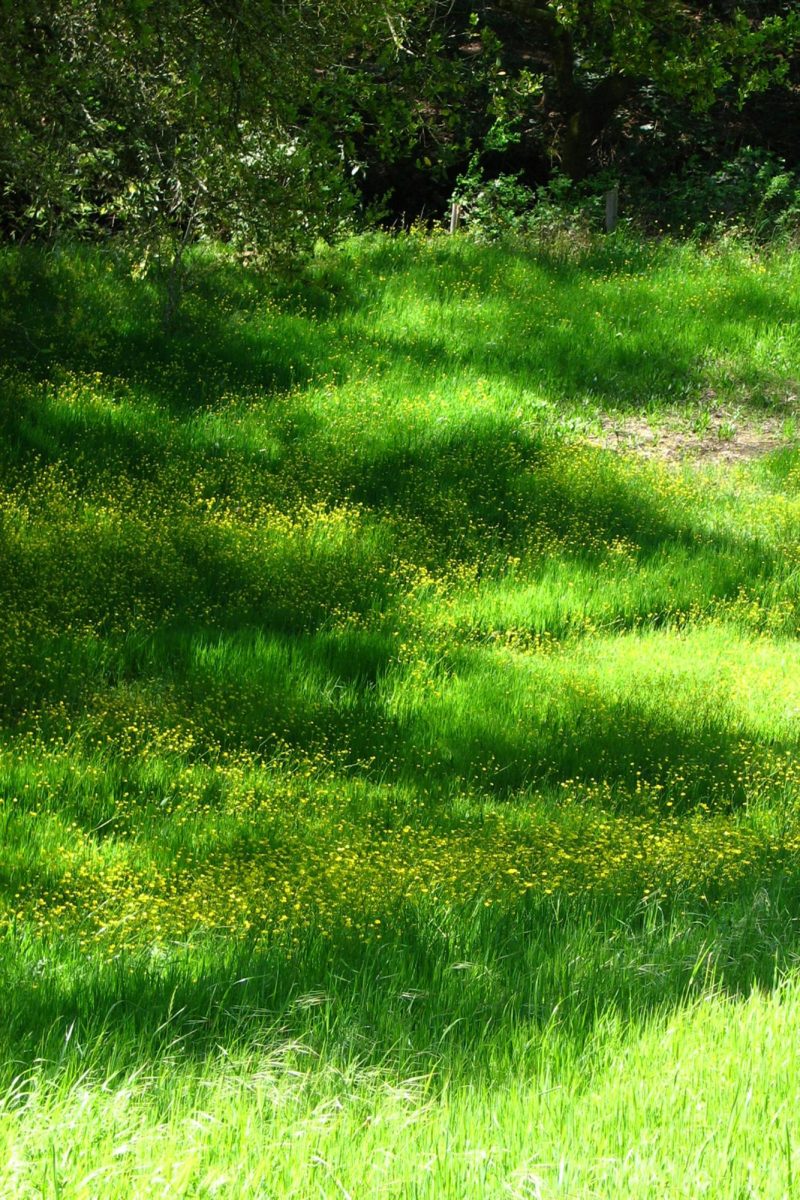
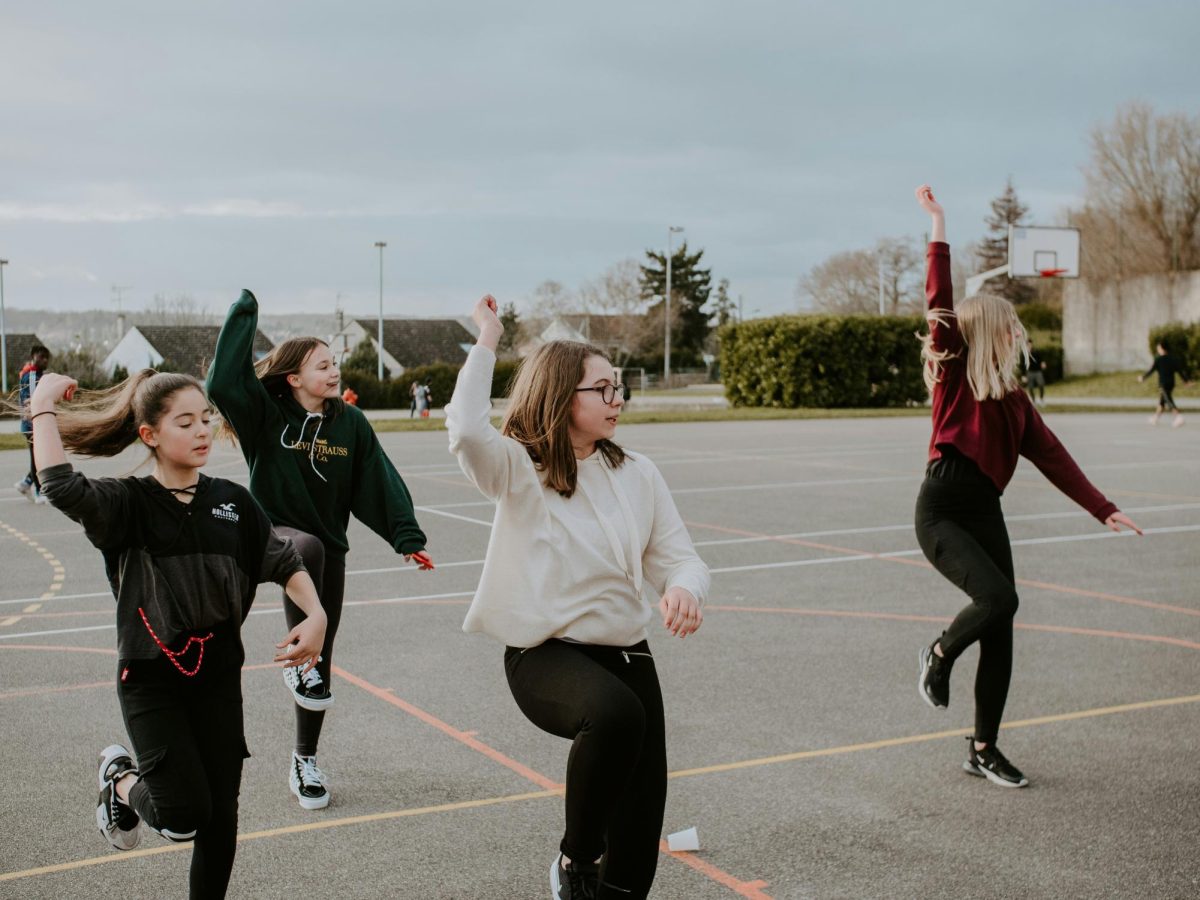
Shirley • Apr 2, 2025 at 10:55 am
Great article!! Job well done.
Beth Cloninger • Apr 2, 2025 at 9:34 am
Beautiful story! Very informative and written with love and respect. Great job and I would say this even if you weren’t my beloved Grandson.
Kristen Randolph • Apr 2, 2025 at 8:37 am
Outstanding piece showcasing the beautiful culture of the Gullah people! Well done!